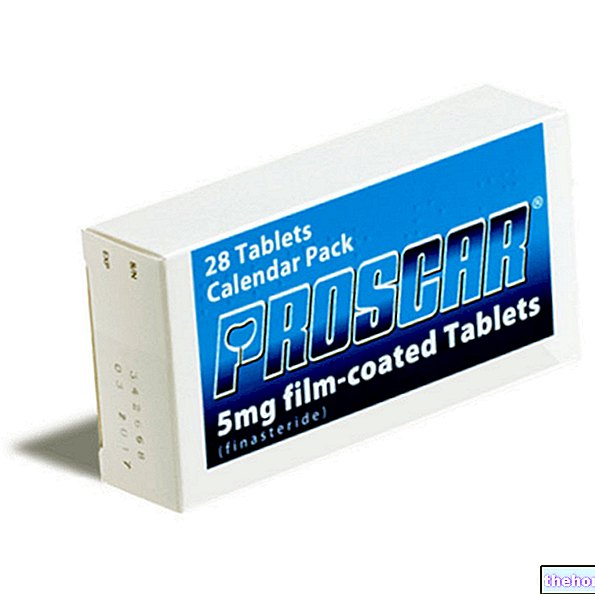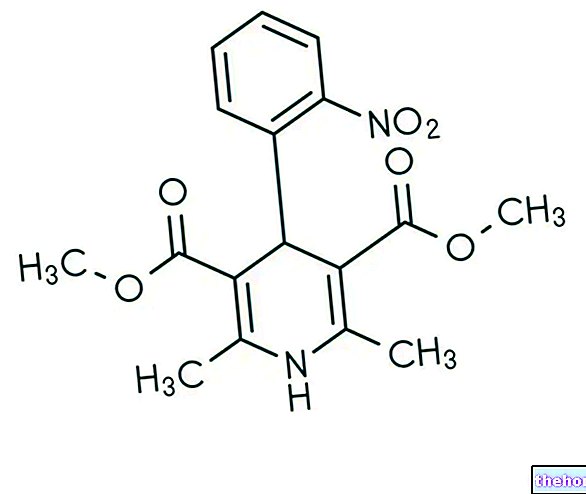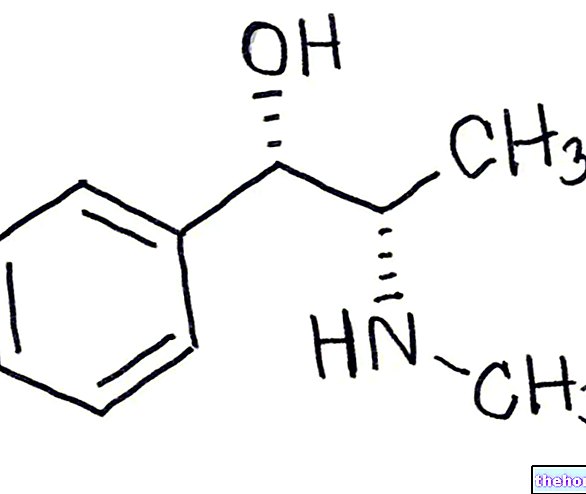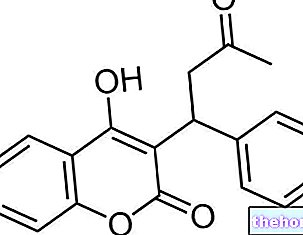THERAPEUTIC MARGIN
By therapeutic margin or therapeutic index s "means the distance between the dose necessary to have the pharmacological effect and the dose that causes a toxic effect. The more distant these two doses are, the safer the drug, and vice versa.
The therapeutic index can be calculated by making a ratio between the lethal dose 50 (LD50) and the effective dose 50 (DE50).
THERAPEUTIC INDEX = DL50 / DE50
LD50 = dose that causes the killing of 50% of the tested guinea pigs in the animal.
DE50 = dose that causes a therapeutic effect in the animal in 50% of the tested guinea pigs.

Warfarin as we already know has a low therapeutic index, so it is considered an extremely dangerous drug. Penicillin, on the other hand, has a high therapeutic index, so it cannot cause toxicity in our body, even if you can run into drug-allergy phenomena.
Consider the following graph. It can be said that on the right the distance between the two curves is very narrow, so this drug is very dangerous. As previously mentioned, the closer the two curves are, the more dangerous the drug is; in these cases, a slight overdose of the drug can therefore produce toxic effects.

Other articles on "Therapeutic index, therapeutic margin"
- Steady state concentration
- Pharmacodynamics




























